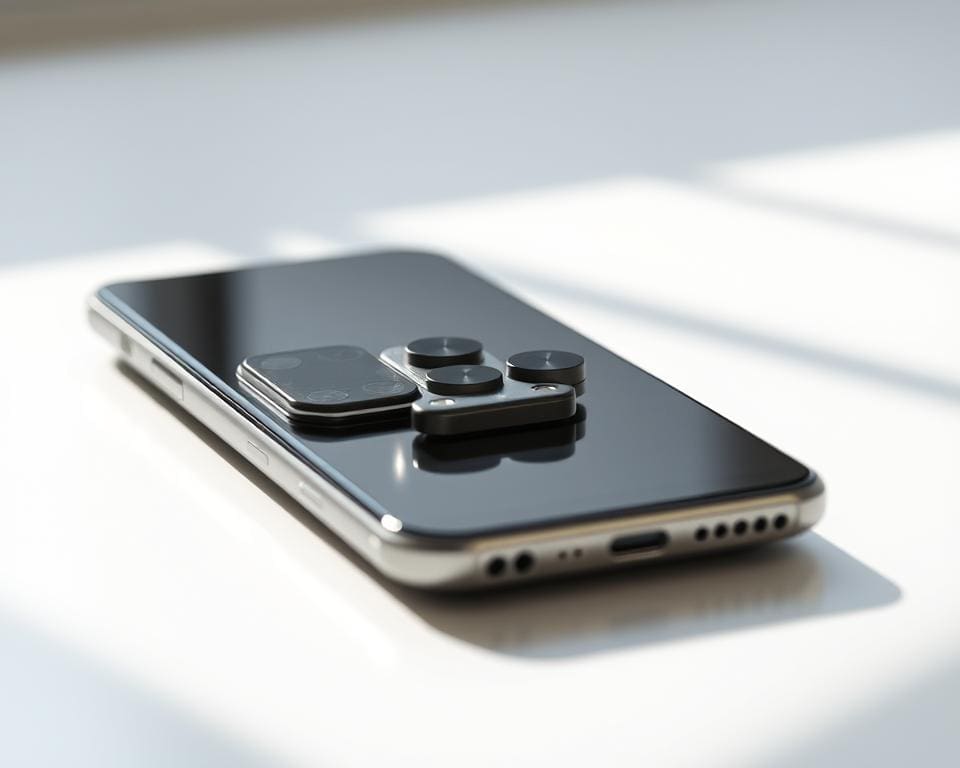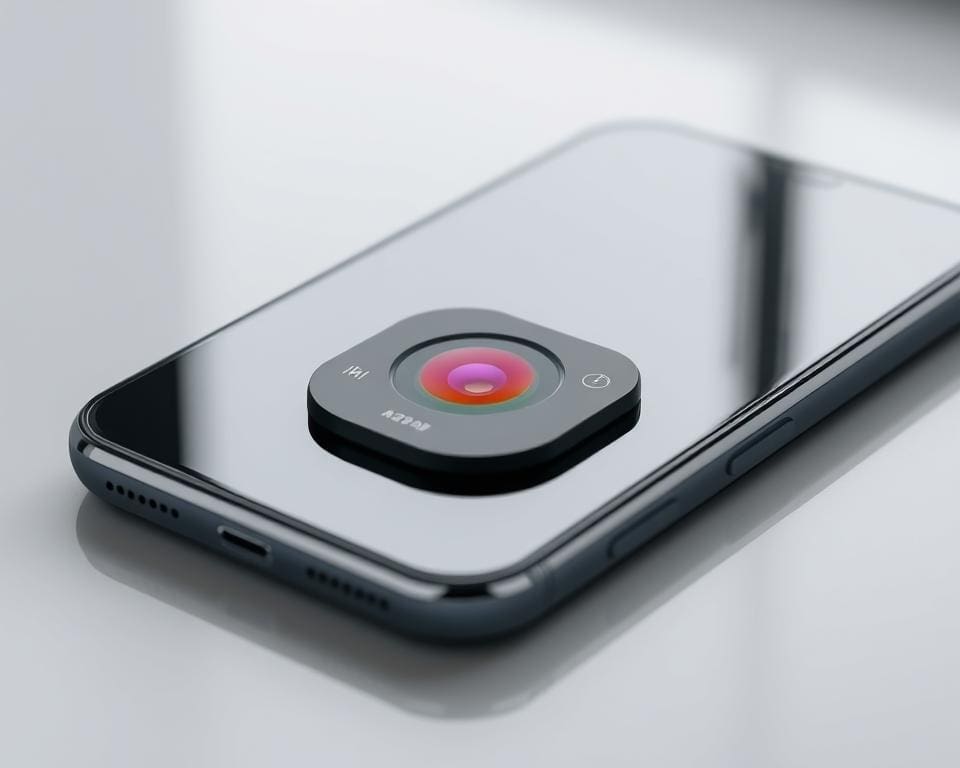In an era defined by visual storytelling, the significance of camera stabilization cannot be overstated. As more enthusiasts and professionals turn to smartphones for photography and videography, the quest for the best camera phone has intensified. Users often find themselves asking, “What phone has the best camera stabilization?” This critical technology not only combats unwanted movement but also ensures that every shot is crisp and clear. With advancements in phone camera stabilization, it’s now possible to capture stunning images and videos even in the most challenging environments. In this article, we will delve into the current models available on the market that offer exceptional stabilization features, guiding you toward achieving flawless, steady images in your creative journey.
Understanding Camera Stabilization Technology
In the evolving landscape of mobile photography, understanding camera stabilization technology is key for anyone seeking to capture flawless images and videos. Various systems play a crucial role in ensuring clarity and smoothness, especially in dynamic environments.
Types of Stabilization Systems
Two primary types of camera stabilisation systems dominate the market today: Optical Image Stabilization (OIS) and Electronic Image Stabilization (EIS). OIS employs mechanical adjustments to counteract shaking, often utilising gyroscopic sensors to detect movement. This hardware solution remarkably enhances phone camera stabilization in situations where precision is paramount.
EIS, on the other hand, relies on digital algorithms to analyse the footage and correct movement during recording. While this software-driven approach may not be as effective in extreme shaking as OIS, it allows for smoother video capture, making smartphones versatile tools for both passionate creators and casual users alike.
Importance of Stabilization in Photography and Videography
The significance of robust smartphone camera stabilisation cannot be overstated. Clear and sharp images become achievable, even in fast-paced settings. For event photography, sports, or nature shots, effective stabilization can mean the difference between a stunning capture and a blurred memory. Users of a mobile with best camera stabilization will find themselves more capable of producing high-quality content without needing extensive editing.
Investing in a device featuring advanced stabilisation technology enhances creativity, enabling users to focus on aesthetic composition over the technical aspects of shooting. With the right understanding, anyone can elevate their visual storytelling through improved image quality and enhanced video performance.

What phone has the best camera stabilization?
When searching for the best phone for stable images, it’s essential to evaluate flagship models that stand out in camera stabilization technology. Brands such as Apple, Samsung, and Google offer unique features aimed at enhancing top phone camera stability. Each phone brings its distinct approach to stabilisation, making it crucial for consumers to understand how these devices perform in various conditions.
Comparing Flagship Models
Among the leading contenders in the mobile market, several flagship phones shine for their camera capabilities. Consider the following:
- Apple iPhone 14 Pro: Known for its advanced optical image stabilisation which aids in achieving the best phone for stable images even in low light.
- Samsung Galaxy S22 Ultra: Features a powerful stabilisation system that excels in capturing smooth videos and sharp images, ensuring top phone camera stability.
- Google Pixel 7 Pro: Utilises cutting-edge software enhancements alongside hardware support to provide a mobile with best camera stabilization, making it a favourite among users.
User Reviews and Ratings
User feedback plays a pivotal role in identifying the best options available. Many reviews highlight that:
- Apple users appreciate the seamless integration of video performance and still photography.
- Samsung’s features are often praised, especially during dynamic shoots, allowing for sharp imagery.
- Google’s advance in software stabilisation garners attention, particularly from photography enthusiasts.
These insights help prospective buyers make informed decisions when considering which device suits their needs best. Each model has its unique strengths, catering to different preferences and usage scenarios.
Best Camera Phones of 2023
The year 2023 has ushered in a new wave of smartphones that excel in camera performance. Exciting advancements in technology have transformed the smartphone camera landscape, making it essential for users to identify the best camera phone that suits their needs. Key features such as sensor size, aperture, and the latest in smartphone camera stabilisation technologies play pivotal roles in determining which devices stand out.
Top Features to Look For
When searching for the ideal phone, consider the following features that enhance photography and videography:
- Sensor Size: Larger sensors capture more light, resulting in better image quality, especially in low-light conditions.
- Aperture: A lower f-stop number allows more light to enter, improving performance in various settings.
- Stabilisation Technology: Look for devices that employ optical image stabilisation (OIS) or digital enhancements to ensure the top phone with stable video.
- Multiple Lenses: Versatile lens options (wide, telephoto, and macro) allow for greater creative expression in photography.
Mid-range vs. Premium Devices
Choosing between mid-range and premium smartphones can be daunting. Premium devices typically offer superior camera specifications and advanced stabilisation features. Brands like Apple and Samsung lead in this domain, providing users access to highly refined camera systems. Mid-range options, such as those from Google and OnePlus, still deliver commendable performance while being budget-friendly. Users must evaluate their photography aspirations and consider whether the investment in a premium phone guarantees the best camera phone experience or if a mid-range device suffices for their everyday needs.
Top Phone Camera Stability Rankings
In the quest for the best phone for stable images, experts have weighed in on leading brands that excel in smartphone camera stabilisation. Their insights shed light on how various devices perform in real-world scenarios, such as capturing fast-paced action or shooting in low light. Understanding these rankings helps consumers make informed decisions when choosing their next smartphone.
Expert Opinions on Leading Brands
Top photographers and tech reviewers frequently highlight brands like Apple, Samsung, and Google for their remarkable stabilisation technologies. The iPhone series, particularly the latest models, continues to set a high standard with advanced optical image stabilisation (OIS). Meanwhile, Samsung’s Galaxy devices often feature superior software algorithms that enhance stability during video recording, making them favourites for content creators. Google’s Pixel line, with its AI-driven features, delivers impressive results, especially in challenging lighting conditions.
Stabilization in Action: Real-world Tests
Real-world tests reveal how different smartphones handle various photographic challenges. Users have reported exceptional performance from devices equipped with advanced stabilisation systems. For instance:
- In low-light conditions, the latest iPhone models consistently deliver crisp images without significant blur, showcasing their top phone camera stability.
- Samsung’s Galaxy series excels during dynamic events, where quick movements can challenge even the best smartphone camera stabilisation.
- Google’s Pixel phones exhibit impressive clarity in both stills and videos, illustrating their commitment to providing the best phone for stable images.
Smartphone Camera Stabilisation Techniques
In recent years, the landscape of smartphone camera stabilisation has transformed dramatically, thanks to advanced phone camera stabilisation technology. One key technique involves the integration of gyroscopes, which detect motion and provide critical data to the camera system. This readjusts the lens or image sensor to counteract any unwanted movements, thereby enhancing image stability.
Another vital aspect of smartphone camera stabilisation is the use of sophisticated software algorithms. These algorithms optimally adjust settings like exposure and shutter speed to minimise blurriness. By processing multiple frames in rapid succession, devices can create smoother transitions and clearer images.
Users can further maximise built-in stabilisation capabilities by following a few simple tips:
- Maintain a steady grip on the smartphone while shooting.
- Use stabilisation modes available in the camera settings for specific scenarios.
- Experiment with shot composition to reduce shake, such as holding the phone close to the body.
These techniques collectively ensure that the user can achieve stunning output in various shooting environments, showcasing the true potential of smartphone camera stabilisation.
Choosing the Best Phone for Stable Images
When navigating the ever-evolving world of smartphones, one of the most frequent queries arises: what phone has the best camera stabilization? With options ranging from flagship devices to mid-range contenders, consumers need to assess their personal requirements and priorities. Factors such as the type of stabilisation technology, design aesthetics, and budget play a crucial role in guiding purchases, ensuring the best phone for stable images meets individual needs.
It’s essential to consider your specific photography and videography goals when selecting a device. For casual users capturing memories, a phone with reliable optical image stabilization might suffice. However, for aspiring professionals seeking the top phone with stable video, advanced features such as electronic stabilisation and multiple lenses can elevate the shooting experience, resulting in cinema-quality footage regardless of location.
As you venture into the market, it’s vital to explore the top contenders of 2023, evaluating user reviews and expert insights to make an informed decision. Whether you lean towards models like the Apple iPhone 15 Pro or the Samsung Galaxy S23 Ultra, understanding these key features will empower you to choose the right phone that elevates your photography and videography to new heights, ensuring every image and clip remains beautifully stable.









